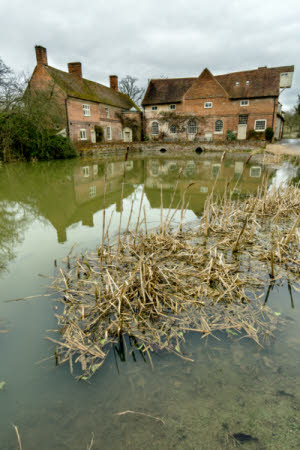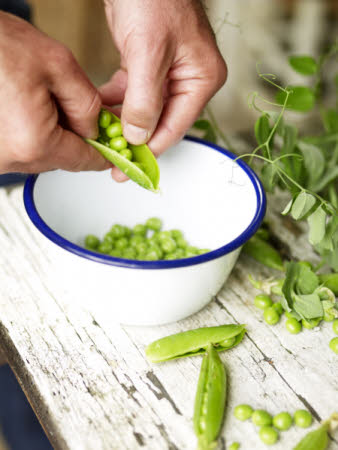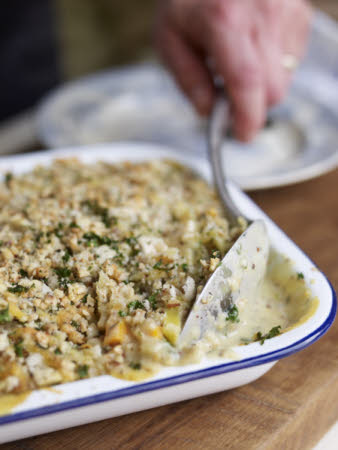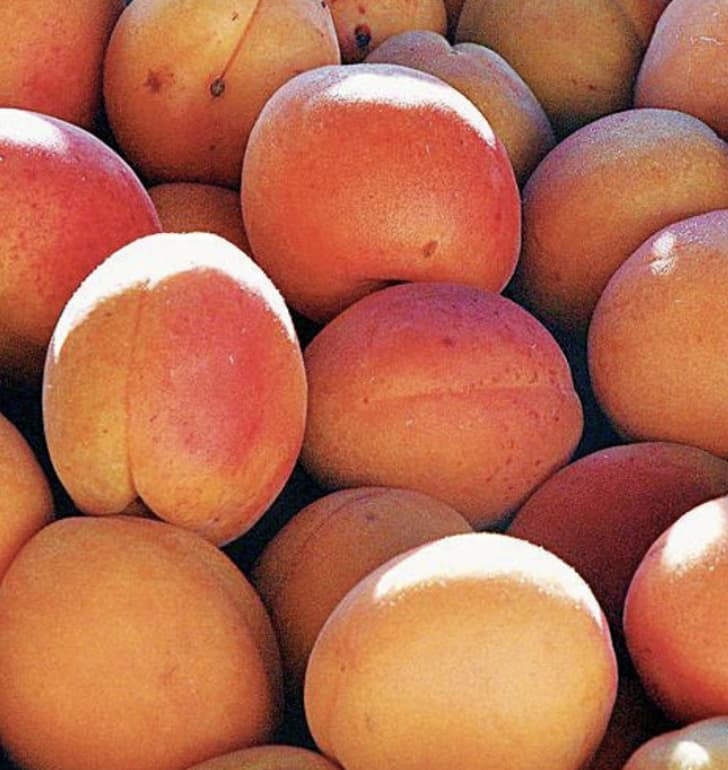“But I should paint my own best .. I associate my careless boyhood to all that lies on the banks of the Stour. They made me a painter” — John Constable (1776-1837)

The exteriors of Flatford Mill Field Center at Flatford, Suffolk
Flatford Mill lies at the heart of what, from his lifetime onwards, has been called “Constable Country”—a landscape of big skies, water and fields where the inhabitants of this world go about their daily lives, growing crops, fishing and boat-building.
Throughout Constable’s long battle for recognition from the artistic establishment, he never forgot where his roots lay. Although he painted portraits and other landscapes, he returned throughout his life to these few miles on the borders of Suffolk and Essex for inspiration for some of his greatest paintings.
“We found that the scenery of 8 or 10 of our late friend’s most important subjects might be enclosed by a circle of a few hundred yards at Flatford … So startling was the resemblance of some of these scenes to the pictures of them, which we knew so well, that we could hardly believe we were for the first time standing on the ground from which we they were painted.”
— Constable’s friend and fellow painter, Charles Leslie, 1843
Our privilege is that, 150 years later, we can still echo Leslie’s experience. “Within this space are the lock which forms the subject of several pictures — Willy Lott’s Cottage – the little raised wooden bridge and the picturesque cottage near it … and the meadow in which the picture of Boatbuilding was entirely painted.”
These subjects are still recognizable, particularly under the tutelage of the knowledgeable guides who will walk you to the exact spot from which The Haywain or The White Horse was painted.
Appropriately, apart from the small but fascinating exhibition on Constable’s life and career in Bridge Cottage, a visit to Flatford is an entirely outdoor experience. After you have strolled the waterside paths and fields which inspired the painter, visit the tea-garden. It borders the dry dock where the barge in Boatbuilding is under construction. Built of wood, the eating area is mainly covered by has no walls. Fronting it is the sleepy River Stour which is no longer fully navigable but where you may hire a rowing boat. Here you can eat lunch and tea, surrounded by flowers, hedgerow birds, and squirrels who may want to share your crumbs.
The recipes here have been served at candlelight supers where the menus have had a historic theme.
When you make them, imagine the magic of a summer’s night in Constable Country!
Peas Pottage

In the Middles Ages, “pottage” a semi-liquid dish eaten with a spoon was eaten by everyone. Vegetables pottages like this were for the poor, while the rich enjoyed spicy meat or fish pottages.
Ingredients
- 1 lb of fresh or frozen peas
- 4 oz of butter
- 1 tbsp of chopped fresh mint
- Salt, pepper, sugar
- Cream
Method
- Place peas in a saucepan with the butter. Cover with lid.
- Cook very slowly until they become mushy. This will take approximately 45 minutes.
- Season with salt, pepper and a small amount of sugar and stir in fresh mint chopped very fine.
- Serve with a swirl of cream.

Suffolk Country Crumble

Ingredients:
- 1 lb cooked gammon or bacon cut into thick strips
- 3 oz of butter
- 1 1/2 oz of flour
- 1 tbsp of mustard powder
- 1/2 pint of creamy milk
- 1/2 pint of ham or vegetable stock
- 4 oz mature Cheddar finely grated
- 6 oz button mushrooms
topping:
- 2 oz porridge oats
- 2 oz hazelnuts chopped
- 2 oz breadcrumbs
Method:
- Preheat oven to 350.
- Lay strips of ham in the bottom of an ovenproof dish.
- Make a thick sauce using 2/3 of the butter and all the flour, mustard powder, milk, and stock.
- Add the cheese, taste and add salt an pepper to taste.
- Cook the mushrooms gently for 5 minutes in the remaining butter and add with their juices to the sauce.
- Pour the sauce over the ham.
- Mix oats, hazelnuts and breadcrumbs together and spread thickly over the top so the sauce does not show at all.
- Reheat for 20 minutes in the oven and if desired, put under a hot grill or in the broiler for a minute or two to ensure that the top is crisp.

Apricot, Honey and Rosemary Dessert

Ingredients:
- 2 oz butter
- 1 lb semi-dried apricots
- Water
- 3 oz honey
- 2 sprigs of fresh rosemary
- 1 tbsp of gelatin
- 1/2 pint of double cream
Method:
- Melt the butter in a saucepan, add the apricots and turn in the butter.
- Add water just to cover the fruit, bring to a boil, reduce the heat, simmer until tender.
- Puree the contents.
- Heat the honey and add to the puree
- Add the rosemary and leave in the puree to infuse while it cools.
- When the puree is completely cold, remove the rosemary.
- Melt the gelatin in a little hot water and stir into the puree.
- Whip the cream and fold into the puree.
- Pile into glasses and garnish with a tiny sprig of rosemary and a little chopped apricot.




